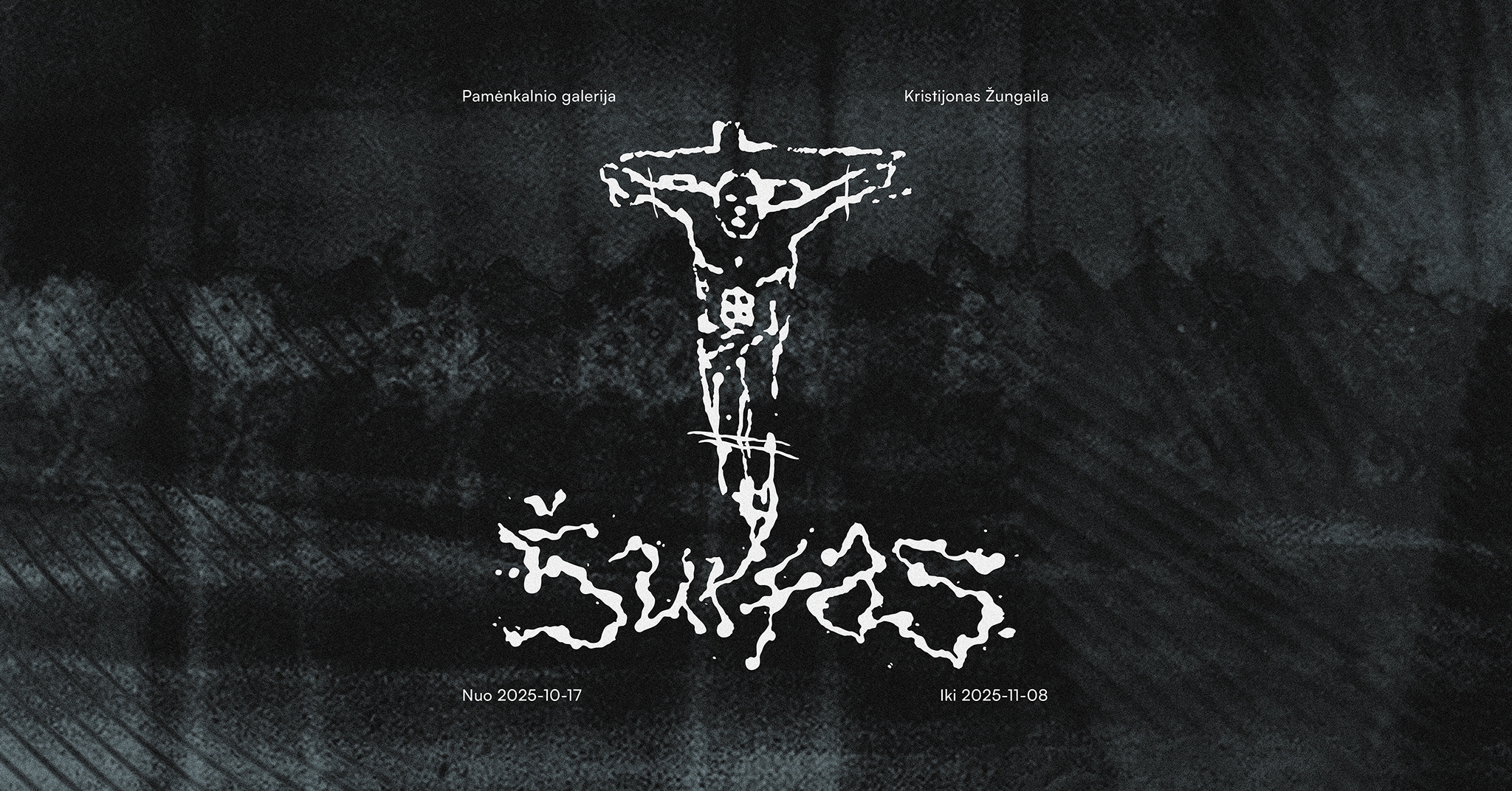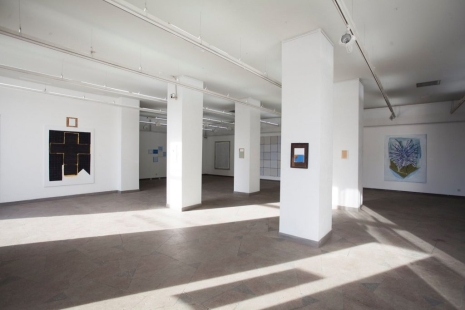During exploratory excavations, a rectangular pit is dug, its walls revealing a sequence of distinct layers. Fragments begin to form a record of the forces that once acted upon the site – charcoal traces indicate a bonfire or an arson, industrial aggregates leave behind rusty deposits, and bone fragments offer speculation about agricultural activity or an episode of violence. Intermingling cultural strata emerge as marks embedded in the earth. The layers of the schurf (from German: a shallow pit or excavation) are separate, yet by touching and intertwining, they still belong to the same cross-section and contribute to the overall context of what has weighed upon the ground.
In the exhibition, the gallery’s default architecture is disrupted to create an autonomous space. The shell that forms in the gallery represents an archaeological pit, functioning as a container of cultural fossils. This space also acts as a crypt – a site of purification where remains should be locked away, left behind, and perhaps forgotten, though never quite successfully. Instead, it becomes an open territory of havoc, where the residues that should have perished long ago continue to fester, bearing witness to a slow decay.
The works displayed within the space add yet another layer of interwoven contexts. Reproduced textures of repeated repainting, rust, writings or drawings of unknown origin, and other fragments of densely marked surfaces merge together. A repeatedly recurring worn-out figure of Jesus becomes another depersonalised layer, attesting to a process of a fall. Through reductive repetition, various bends, fractures, and friction, all that remains of his divinity is a brittle shell of meaning.
Whether the motif is the corroded wall of a garage, a disintegrating Jesus, or barely legible melancholic inscriptions, these are viscous signs eroded by time. They reflect an excess of meaning, exhaustion, emptiness – disintegration whose traces haunt the surface. They are unwanted waste, unforeseen surplus, failed containment, broken promises, unfulfilled hopes, decaying possibilities – excavated, laid-bare strata that together form a cross-section of the fragmented condition of the present.
–––
This exhibition features a new series of works by Kristijonas Žungaila
Exhibition architecture by Emilis Benediktas Šeputis
Lighting design by Adomas Kaikaris
Graphic design by Jokūbas Juršėnas
Text by Jonas Motiejus Meškauskas
–––
Organiser: Pamėnkalnio Gallery
Project is financed by: Lithuanian Council for Culture, Vilnius City, Lithuanian Artists’ Association
Working hours: Tue–Fri 11:00–19:00, Sat 11:00–16:00





